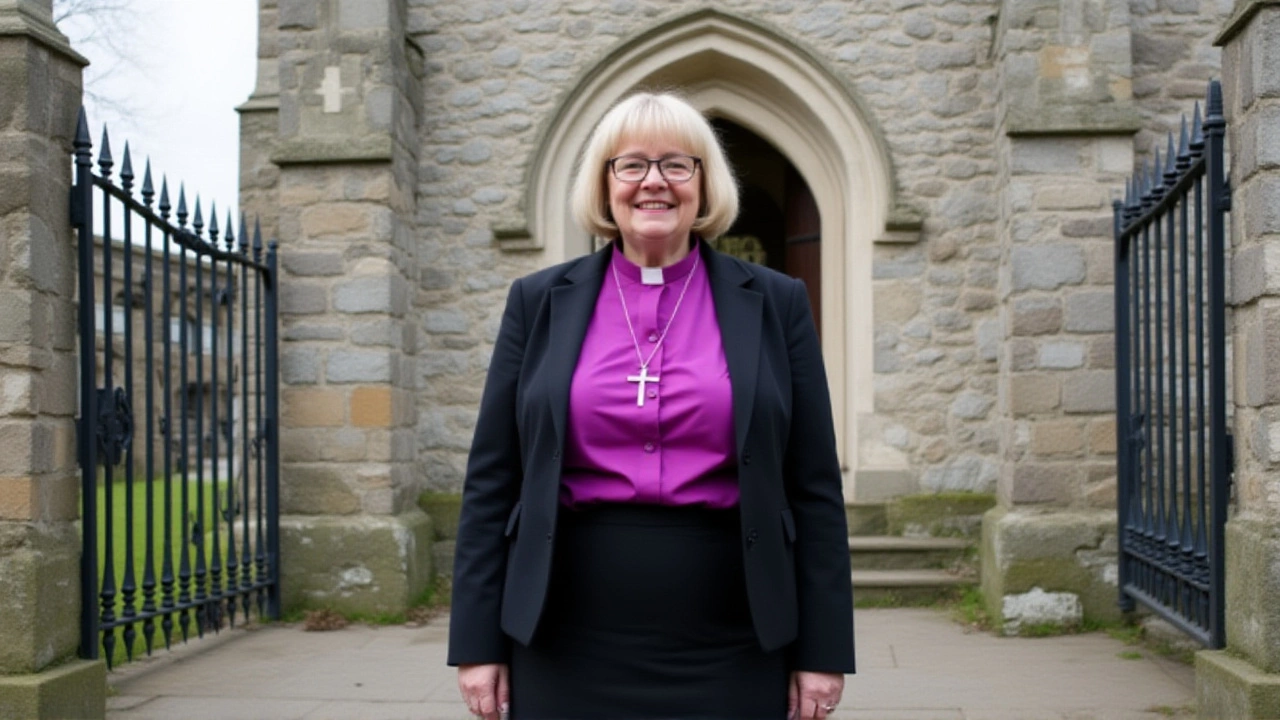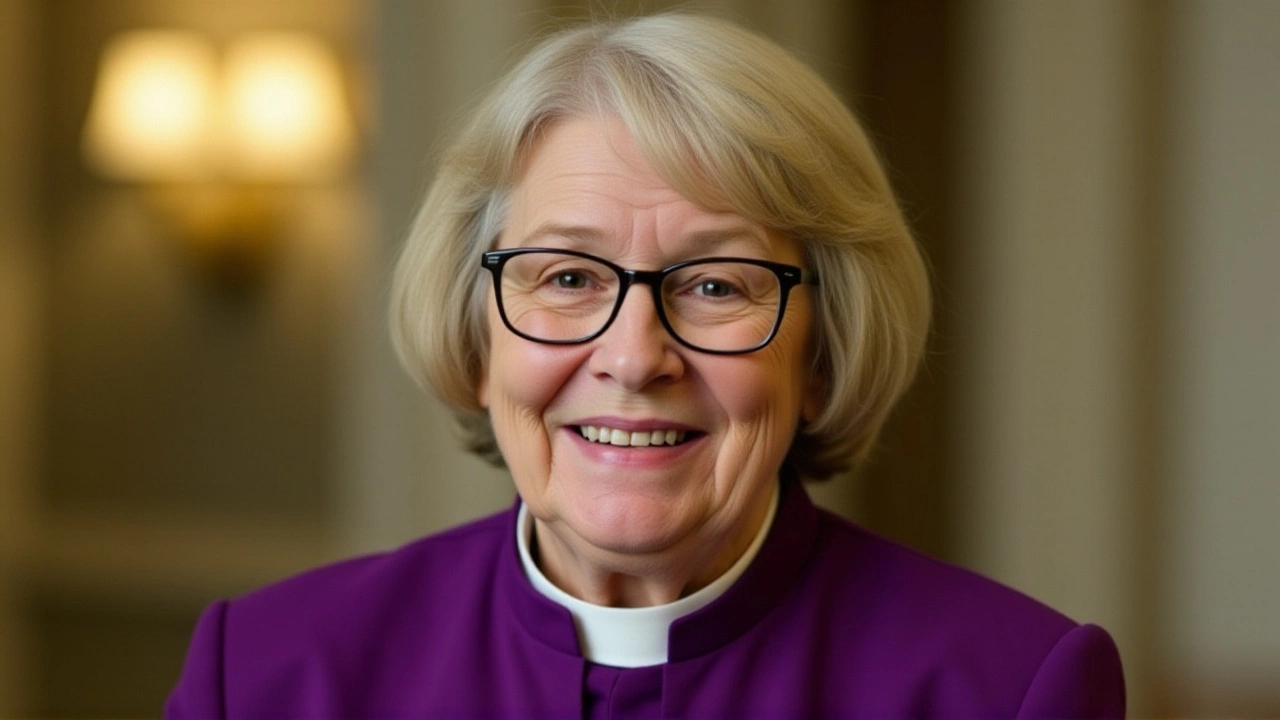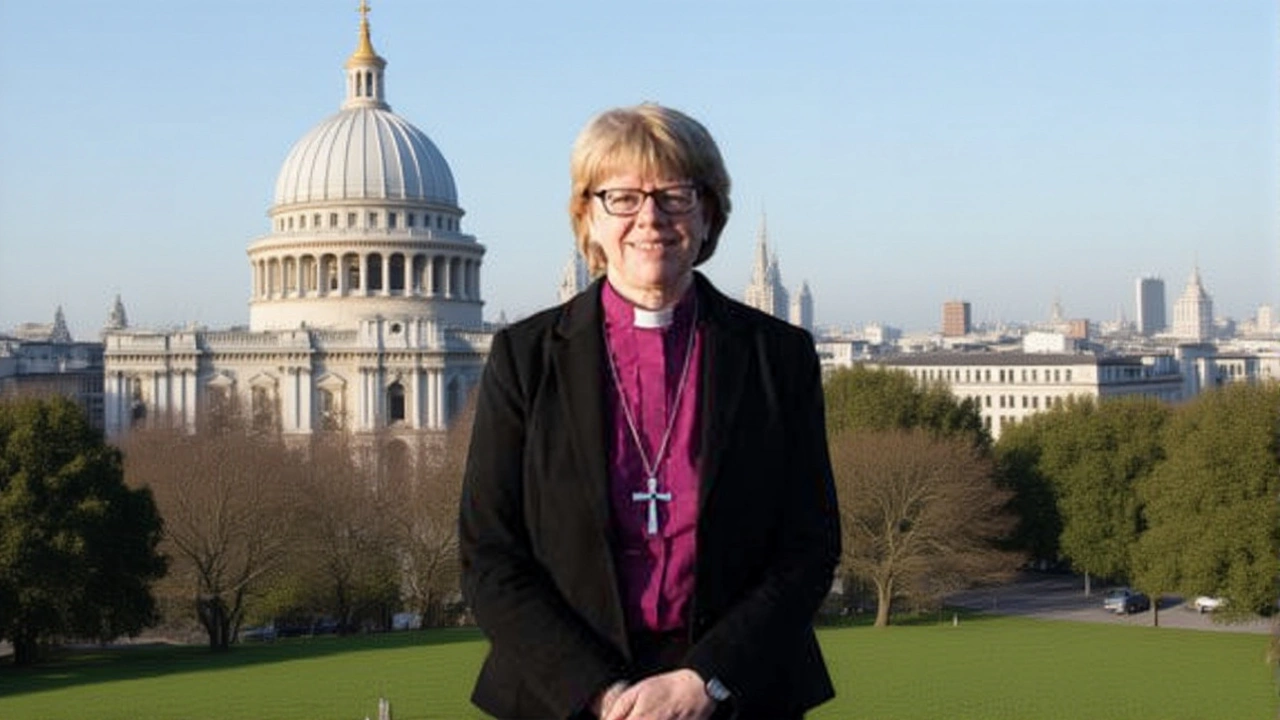When Sarah Mullally, the Bishop of London received a royal letter confirming her as the 106th Archbishop of Canterbury, the newsrooms across Britain went quiet for a heartbeat—then buzzed like a beehive.
The appointment, sealed by King Charles III last week, makes Mullally the first woman to occupy the senior seat of the Church of England and, by extension, the symbolic head of the worldwide Anglican Communion.
The formal Confirmation of Election St Paul's Cathedral is set for 28 January 2026, when the ancient stone walls of the London landmark will witness a constitutional rite that dates back to the 12th century.
Why This Matters: A Historical Bridge
For centuries, the Archbishop’s throne was a gentlemen’s club. The very title conjures images of robed men in vaulted chambers, a tradition that persisted even as the Church opened its doors to women priests in 1994. The first female bishop, Libby Lane, didn’t appear until 2015, and now, less than a decade later, Mullally shatters that ceiling.
"It’s not just a symbolic win; it’s a practical one," says a senior canon at Westminster Abbey (who asked to remain anonymous). "Decisions about doctrine, pastoral care, and global partnership will now be filtered through a perspective that’s been missing for too long."
Reactions Across the Anglican Spectrum
Echoes of congratulations rang from the Vatican. Cardinal Kurt Koch, President of the Pontifical Council for Promoting Christian Unity, sent a handwritten note expressing hope for continued ecumenical dialogue.
"We welcome Archbishop‑designate Mullally’s appointment with sincere joy and look forward to building bridges," the Cardinal wrote, a sentiment that underscores the broader Christian quest for unity.
Not everyone shared the optimism. The Global Anglican Future Conference (GAFCON) issued a statement saying it received "with sorrow" the news, warning that the move could deepen existing fissures over sexuality and biblical interpretation.
"We fear this decision will propel the Communion further into ideological discord," read the GAFCON release, a reminder that the Anglican world remains a patchwork of theological camps.
Inside Mullally’s Portfolio: From NHS to the Nation’s Capital
Before donning the bishop’s mitre over St Paul’s, Mullally spent 15 years as a senior nurse and later as Director of Nursing at St Thomas’ Hospital, bringing a bedside‑to‑bench perspective that many see as a breath of fresh air for church leadership.
Her ascent through the ecclesiastical ranks was swift: appointed as a deacon in 1998, ordained priest in 1999, becoming Bishop of credit‑wise Coventry in 2010, and finally Bishop of London in 2018—a role that places her at the heart of the capital’s spiritual life.
"My hope is to serve a church that is both heartrendingly compassionate and intellectually rigorous," Mullally told a London congregation last month, a line that will likely echo throughout her tenure.

Potential Ripple Effects: Gender, Governance, and Global Outreach
The appointment could accelerate the push for gender parity in other Anglican provinces, several of which still bar women from episcopal orders. In Canada, for instance, the 2023 General Synod voted to open the episcopate to all, citing Mullally’s election as a catalyst.
Beyond gender, her experience with public health could shape the Church’s response to lingering pandemic fatigue, mental‑health crises, and climate‑related displacement—issues that sit at the crossroads of faith and policy.
Ecumenically, the Vatican’s warm reception hints at a possible thaw in relations that have been chilly since the 1990s over issues like papal primacy and the ordination of women.
What’s Next? The Road to 2026 and Beyond
Between now and the January ceremony, a transition team will brief Mullally on the intricacies of the Crown‑Church relationship, a constitutional dance where the monarch remains the Supreme Governor of the Church.
Once installed, she will preside over the Lambeth Conference, a decennial gathering of bishops that could become a forum for reconciling the Communion’s deep‑seated disagreements.
Analysts at the Institute for Religion & Society note that her first major public address is likely to set the tone for how she navigates the Anglican divide: "A call for unity without erasing diversity," they suggest.
Key Facts
- First woman to become Archbishop of Canterbury
- Appointed by King Charles III after a Crown‑Nominations Committee recommendation
- Confirmation ceremony on 28 January 2026 at St Paul's Cathedral
- Previous role: Bishop of London since 2018
- Mixed reactions: Vatican congratulates; GAFCON expresses sorrow

Frequently Asked Questions
How will Mullally’s appointment affect women in the Anglican Communion?
Her rise is expected to accelerate calls for gender equality across provinces still barring women from senior roles. Already, churches in Canada and Australia have referenced her election in recent synod debates, citing her as a tangible example that the highest office is attainable.
What constitutional role does the monarchy play in this appointment?
The monarch, as Supreme Governor, formally approves the Crown‑Nominations Committee’s recommendation. King Charles III’s signature turns the recommendation into a legal appointment, preserving the historic link between church and state.
Why did GAFCON react with sorrow?
GAFCON sees the appointment as a departure from what it views as traditional Anglican doctrine, especially concerning gender roles and sexuality. Their statement warns that the decision could widen existing theological rifts within the Communion.
What does the Vatican’s congratulations imply for Anglican‑Catholic relations?
Cardinal Kurt Koch’s warm message signals a willingness to engage in deeper dialogue under Mullally’s leadership. Both churches have been exploring joint statements on social justice and climate action, and her health‑care background may provide common ground.
When will Mullally officially start her duties?
The legal transfer of authority occurs at the Confirmation of Election ceremony on 28 January 2026. Following that, she will be installed at Canterbury Cathedral in a separate enthronement service later that spring.
